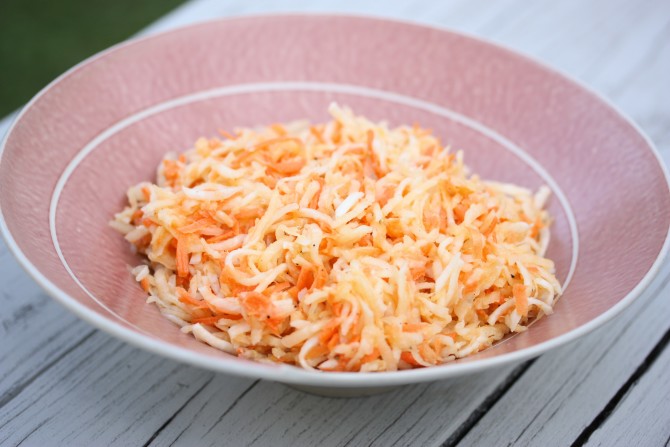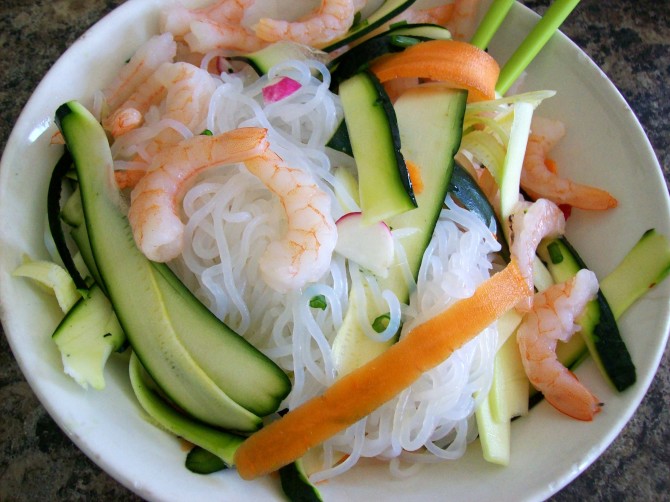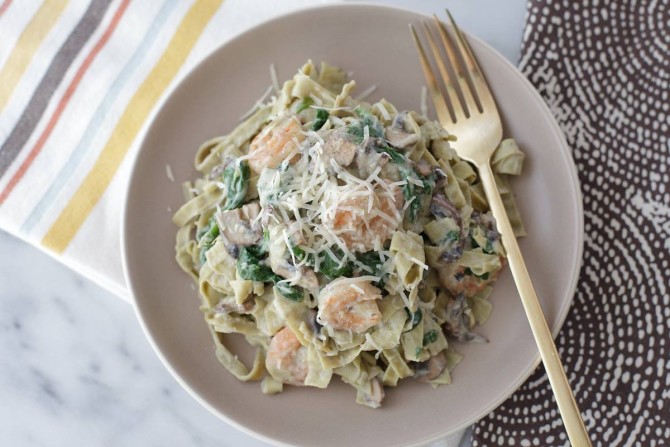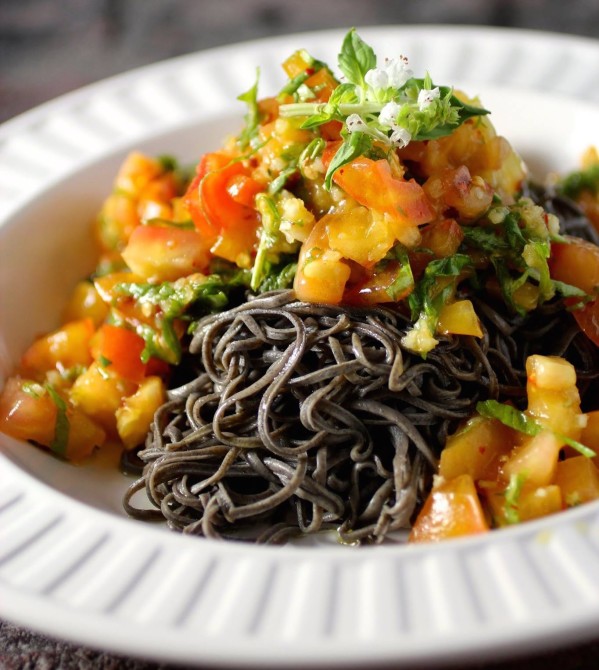Pasta is one of those foods that’s a staple in many people’s lives; it’s easy to cook, there are innumerable ways to make it (have you seen the menu at Maggianos?) and it tastes amazing every time. But if you’re like me, and try to weave it into every meal that you eat, the carbs (and calories) can quickly add up.
However, as swimsuit season rolls in, the carb-heavy quality of pasta becomes less appealing. Thankfully, over the past few years, a variety of low carb, low-calorie, gluten-free pasta substitutes have been developed that offer the versatility and texture of pasta that so many of us love, but which also foster a healthier lifestyle.
Read on for some excellent substitutes to freshen up your summer meals without compromising the pasta dishes you love.
1. Vegetable Noodles

Photo courtesy of flickr
Spaghetti squash, zucchini pasta and carrot pasta are on the far end of the spectrum of noodle substitutes, but are still valued by many as a healthy alternative to classic pasta.
Spaghetti squash is made by halving a squash, filling it up with water, baking it, and then using a fork to create strands of squash that resemble the shape of pasta. Zucchini and carrot pasta require less effort to make; all you have to do is slice them into thin strips with a vegetable peeler. All three of these vegetables are high in many of our necessary daily vitamins, rich in fiber, and low in calories and carbs.
However, as much as we want to love vegetable pasta, we all know that it’s truly not the same as its wheat sibling.
2. Shirataki Noodles

Photo courtesy of flickr
Thankfully, our friends across the Pacific have developed noodle substitutes that so closely resemble classic pasta that you wouldn’t be able to tell the difference. These types of noodles are made from various jellies popular in Asia.
Shirataki noodles are made from konjac jelly, created from konjac yams. They are known as “miracle noodles” for their lack of calories and carbs, and can also be made with tofu to enhance their protein content. They have virtually no taste, so they can be flavored however you want, whether that’s with classic marinara sauce or in a stir-fry.
3. Mung Bean Noodles

Photo courtesy of Explore Asian
Mung bean noodles are another spin on this trend, made by mixing mung bean powder and water (which form a mung bean jelly). While these are a little higher in calories than some of the other alternatives, they are an even better substitute than Shirataki noodles, as they tend to be less slimy and rubbery.
If these jelly-based noodles aren’t your thing, there are two more alternatives that will definitely make you come back for seconds.
4. Black Bean Noodles

Photo courtesy of Explore Asian
Black bean spaghetti is created in the same way as classic pasta, aside from the use of black bean flour instead of semolina or regular flour. While this type of spaghetti is slightly high on calories (though still less than gluten-based noodles) due to the high protein content of beans, it’s rich in fiber and gluten-free.
5. Quinoa Noodles

Photo courtesy of Ancient Harvest
Quinoa noodles are quite similar to black bean spaghetti, though they use quinoa flour instead. Since quinoa comes from the same family (grains) that wheat-based pasta does, it has the closest resemblance to classic pasta, not only in texture and versatility, but also in terms of taste. On top of that, it’s low-calorie, high in protein and gluten-free.
While it can be hard to make healthy choices as a college student, companies all over the world have made choosing the healthier noodle option a simple feat. Not only are these just a few of the substitutes available today, but all of these pastas are available pre-made and packaged, and only require boiling water to transform them into a hearty but healthy summer meal.


